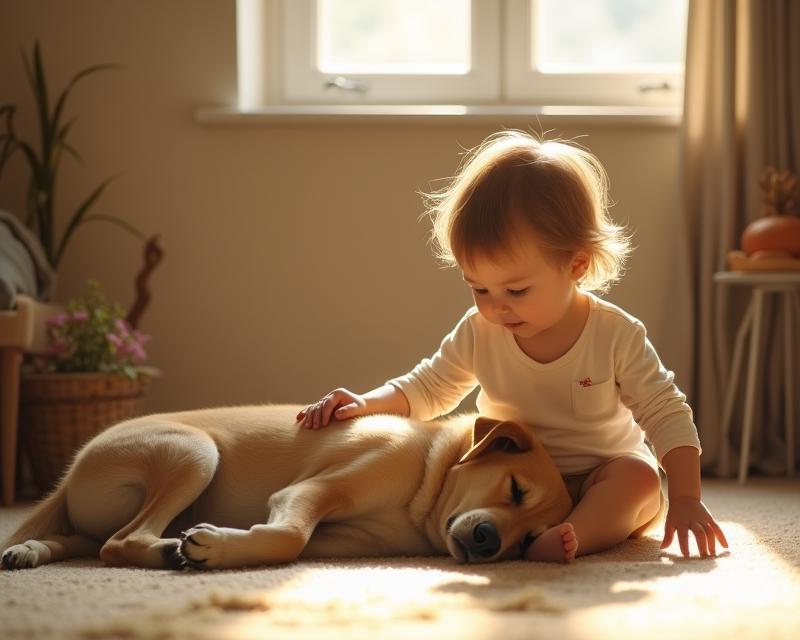Capybara Paradise: Backyard Habitat Guide
Publish in General Care el 29/06/2025 16:44
Creating a Capybara Haven: Backyard Habitat Essentials
So, you're thinking of providing a backyard home for a capybara? That's wonderful! These gentle giants can make amazing companions, but they have very specific needs. Setting up the right habitat is crucial for their health and happiness. This guide will walk you through the key considerations for creating a capybara-friendly backyard.

Space is Key!
Capybaras are surprisingly large rodents! They need a *lot* of space – think at least 500-1000 square feet *minimum*, and ideally more. A securely fenced area is absolutely essential. The fence should be at least 4-5 feet high and buried at least 1-2 feet deep to prevent digging. Consider using sturdy materials like reinforced fencing or concrete walls. More space allows them to roam, graze, and engage in natural behaviors, which is vital for their well-being. Remember, they are semi-aquatic and need access to water!
Water, Water Everywhere!
Capybaras are incredibly fond of water. They need a large, clean source of water for swimming, bathing, and drinking. A pond is ideal, but a large, sturdy pool will also work. The water should be deep enough for them to submerge comfortably, but with gradual entry and exit points. Regular water changes are a must to maintain hygiene. Think about filtration systems to keep the water clean and healthy. They also enjoy shallow wading areas, so providing both options is a great idea.
Shelter and Enrichment
While capybaras enjoy being outdoors, they also need shelter from the sun, rain, and cold. Provide a shaded area with trees, shrubs, or a sturdy shelter like a large dog house or a custom-built structure. Enrichment is also important! Offer things to chew on (safe branches, logs), digging areas (a designated sandbox), and opportunities to forage for food. Scatter their food around the enclosure to encourage natural foraging behaviors. Rotating toys and adding new elements to their environment will keep them mentally stimulated.
Safety First!
Capybaras are vulnerable to predators, so security is paramount. Ensure the fencing is escape-proof and predator-proof. Supervise them closely, especially when they are young. Be mindful of potential hazards in the enclosure, such as toxic plants or sharp objects. Regularly inspect the habitat for any damage or potential dangers. Finally, research local regulations regarding capybara ownership before bringing one home. Providing a proper habitat is a significant commitment, but it's essential for ensuring a happy and healthy life for your capybara companion.





